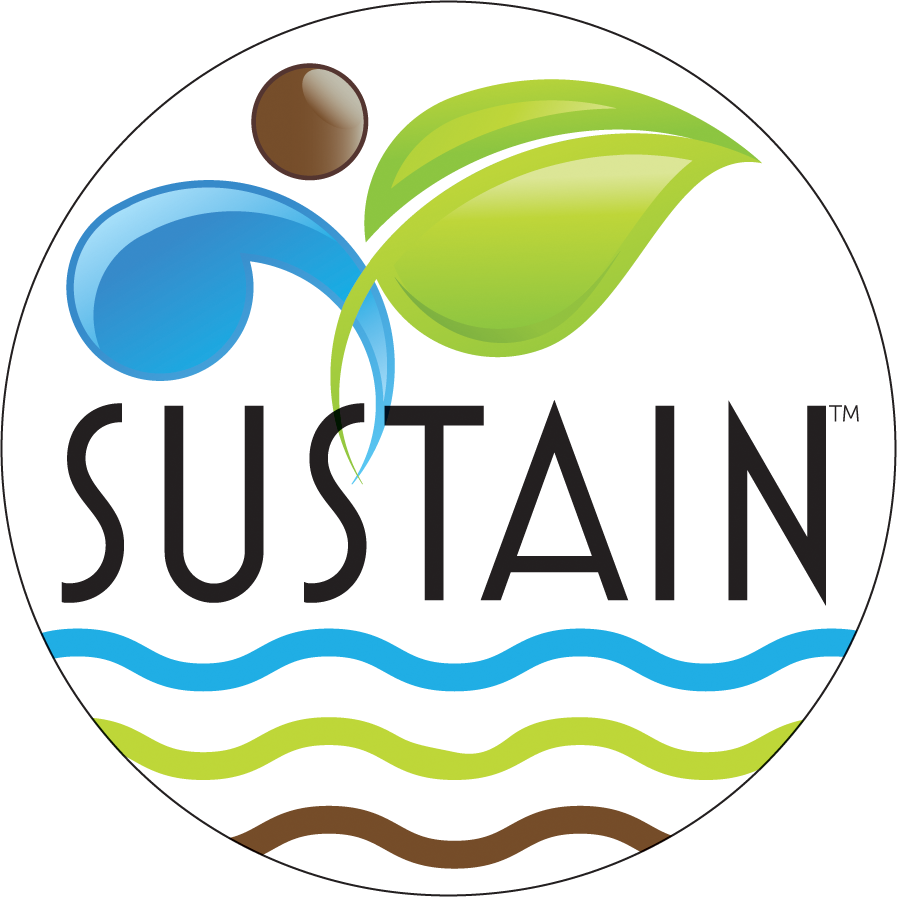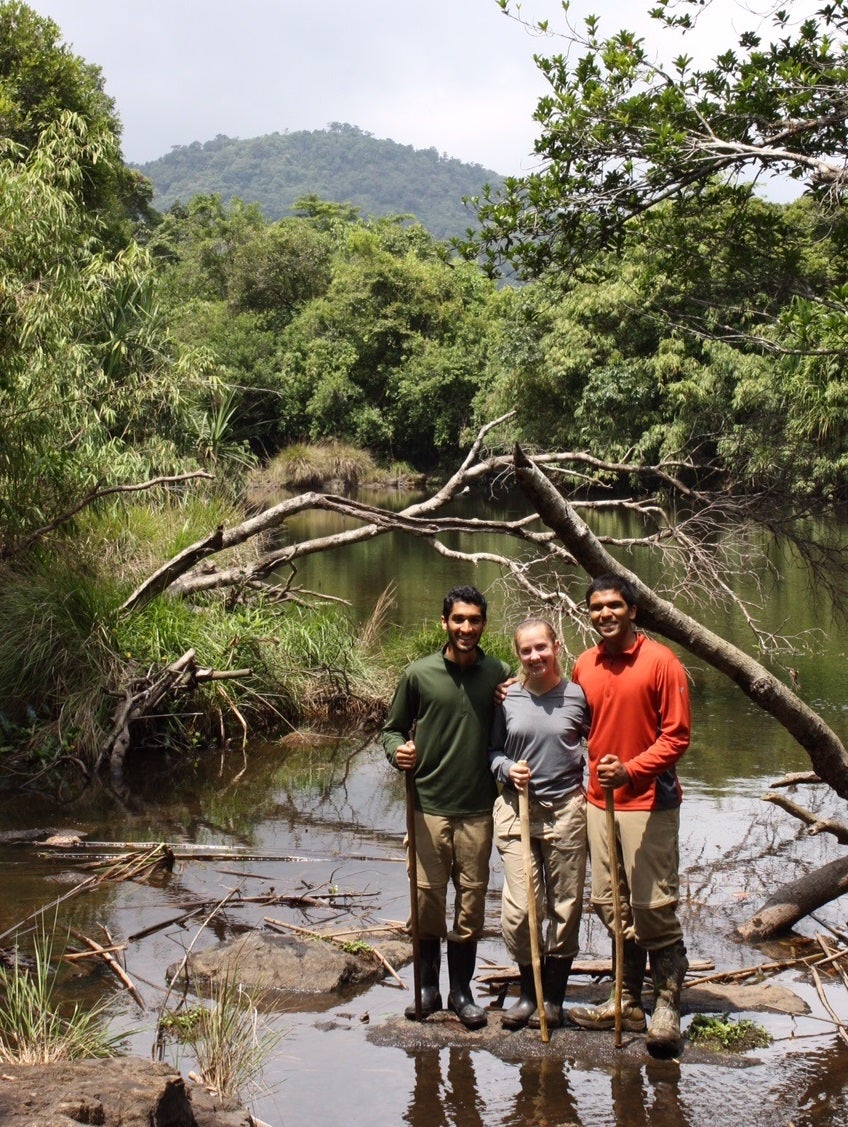When I was younger, I fantasized about becoming a Jane Goodall for the millennial generation. I imagined living in the wilderness to study animals’ behavior and help conserve land. During college, I briefly lived out my dream when I spent a summer in the biodiversity-rich Western Ghats region of India, living and working on a private wildlife sanctuary where I studied the local flora.
The sanctuary was an island of preserved land, surrounded by vast farms that dominated the region’s landscape. While there, I had an epiphany – one that brought me back to my own family’s agricultural history on a farm in Iowa.
I realized that if we don’t work with farmers to conserve wild places, we will never be able to create truly sustainable environments for animals and humans. If I really wanted to make an impact on the Ghats region and its biodiversity, I’d need to move beyond a private sanctuary and back toward my family’s farming roots.
India showed me first-hand the need to partner with farmers. Spending summers on my family’s farm in Iowa and steering the tractor with my grandfather taught me to appreciate the integral role farmers play in maintaining balance in the ecosystem – and that farming is incredibly hard work. Both of these experiences still influence my agricultural career, which is focused on deploying the SUSTAIN™ platform, developed by United Suppliers, Inc. in coordination with EDF, to assist growers in improving fertilizer efficiency and soil health.
SUSTAINing and collaborating
If there’s one word that best describes my work in agricultural sustainability, it’s “partnership.” Through ag retailers who interact directly with grower customers, SUSTAIN farmers can use a toolkit containing practices, products and local advice that help them get more nitrogen into their crops and reduce fertilizer losses to the air and water.
My role frequently requires that I collaborate and find common ground with growers, the ag retail sector and food companies. On the surface, these are uncommon bedfellows. Yet I’ve found among them a common desire to feed the planet as sustainably as possible and minimize environmental impacts.
Growers trust their ag retailers to provide advice on crop management. And food companies like Smithfield Foods, Campbell’s and Kellogg’s are interested in the SUSTAIN model, too – they’re using the platform to help meet corporate sustainability goals.
SUSTAIN is working
 On a recent trip to Iowa, a grower whose land happens to be near my grandmother’s farm told me about his experience with Adapt-N, a web-based component in the SUSTAIN toolkit that models weather changes, monitors nitrogen loss and estimates ideal fertilizer amounts. By using the software on a portion of his fields, he increased his yields by more than 30 bushels per acre, an incredible improvement. He is now using the SUSTAIN platform across the full breadth of his farm.
On a recent trip to Iowa, a grower whose land happens to be near my grandmother’s farm told me about his experience with Adapt-N, a web-based component in the SUSTAIN toolkit that models weather changes, monitors nitrogen loss and estimates ideal fertilizer amounts. By using the software on a portion of his fields, he increased his yields by more than 30 bushels per acre, an incredible improvement. He is now using the SUSTAIN platform across the full breadth of his farm.
It’s easy to look at nitrogen pollution in waterways like the Gulf of Mexico and point a finger at farmers. But personally, I’ve been inspired by growers’ stewardship ethic and desire to pass on their land to future generations, despite the complex challenges they face. And I’m increasingly inspired by hearing success stories like this one.
I’m eager to hear more of these stories as the SUSTAIN platform continues its rapid expansion.
Related:
How an ag retail program is scaling up sustainable practices >>
How this ag retailer is helping farmers scale the sustainability mountain >>
When landowners invest in sustainability, everyone wins >>











